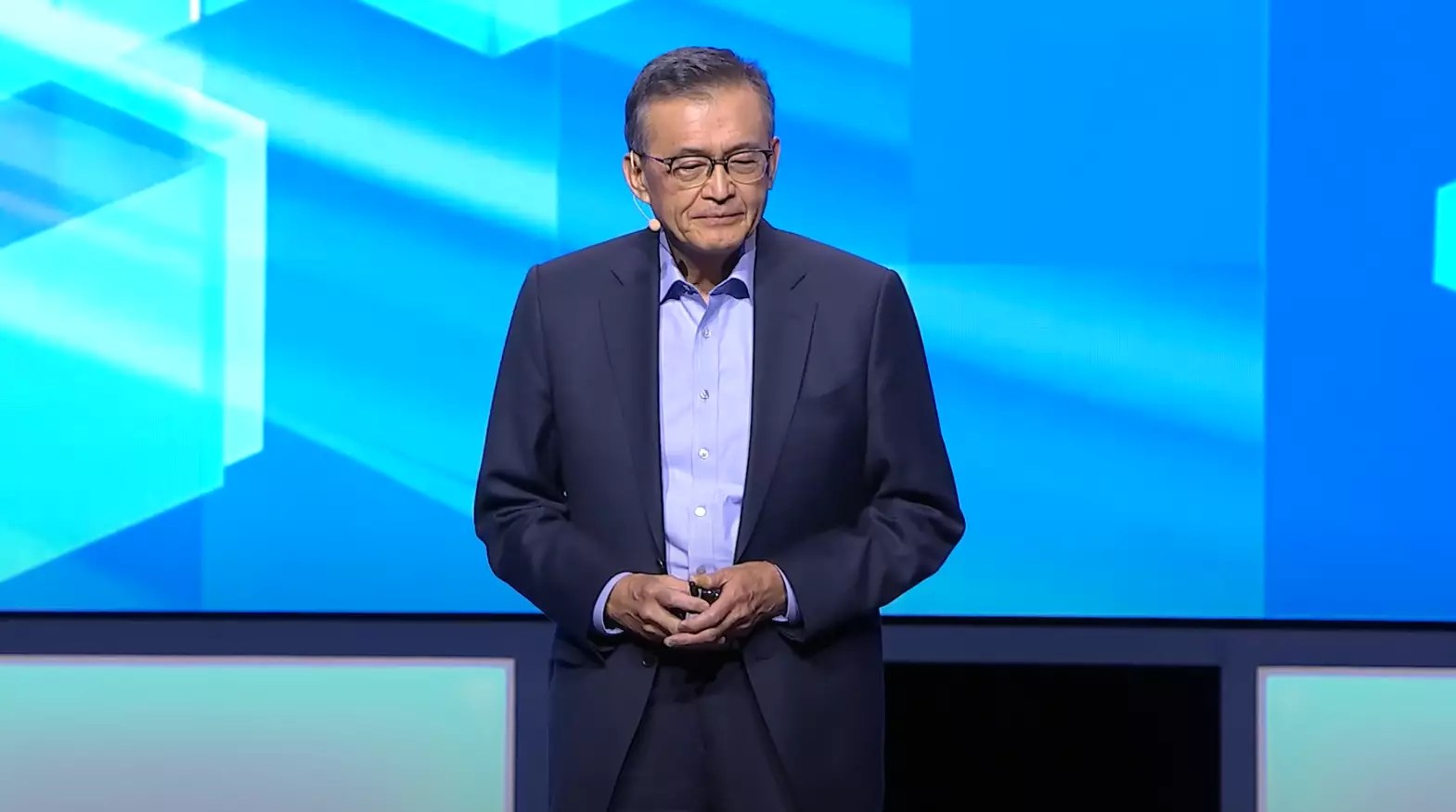With his recent earnings call, Intel’s new CEO, Lip-Bu Tan, has boldly signaled a shift in the company’s strategy, striving for a culture of innovation and responsiveness in an ever-evolving tech landscape. His ambitious vision involves flattening the current management hierarchy and instituting a return-to-office policy that mandates employees to be present four days a week. These moves are not just corporate adjustments; they are Tan’s clarion call for a revitalization of Intel’s culture, which he argues has become stifled by bureaucracy and complexity.
In a landscape where agility and speed are paramount, Tan’s assertion that “organizational complexity and bureaucracies have been suffocating innovation” resonates deeply. Tech companies, particularly in semiconductor manufacturing, must evolve rapidly to keep pace with industry leaders. Tan’s imperative to cut down on layers of management reflects a broader acknowledgment within the industry; stagnant structures can hinder a company’s competitiveness.
Partnerships as a Pathway to AI Leadership
One of the most thought-provoking announcements from Tan was his intention to seek partnerships with an industry leader in Artificial Intelligence (AI). The proposal of collaborating with a key player in AI hardware could signal a strategic pivot for Intel to regain ground in a domain increasingly dominated by Nvidia. If Tan indeed aims to align Intel’s x86 architecture with Nvidia’s prowess in GPU technology, it could pave the way for groundbreaking applications in AI.
However, his reference to a potential partnership is noticeably vague. While Nvidia’s position as a frontrunner in AI hardware is undeniable, there’s speculation regarding whether Tan is considering a collaboration pertaining to AI models, possibly hinting at OpenAI. This ambiguity suggests an evolving strategy that is still in its formative stages. Tan’s cautious approach—stressing that these changes will not happen overnight—highlights the significant challenges Intel faces in transitioning from an established leader to a nimble innovator in new tech arenas.
Collaborative Ventures and Strategic Relationships
Additionally, Tan’s discussions with TSMC’s founder, Morris Chang, and CEO, C.C. Wei, raise fascinating questions about future collaborations between the two semiconductor giants. Could a joint venture between Intel and TSMC simplify production processes and catalyze growth? The prospect of TSMC gaining operational control over Intel’s production facilities could be a disruptive strategy, shifting how Intel approaches its manufacturing capabilities.
Such partnerships could amplify Intel’s influence in the fabrication space at a time when precision and efficiency are imperative for high-caliber semiconductor production. Nonetheless, the intricacies of such partnerships are laden with potential complications, particularly in terms of alignment of corporate objectives and risk-sharing.
Facing Workforce Challenges Head-On
Notably, Tan’s potential plan to cut 20% of Intel’s workforce, while not explicitly confirmed during the call, reflects a no-nonsense attitude towards ensuring operational efficiency. By placing a spotlight on the necessity for cuts, he makes it clear that radical change is afoot. The notion of a streamlined workforce could bolster productivity but poses the daunting challenge of maintaining morale in an environment accustomed to stability.
By mandating a shift back to in-person work environments, Tan underscores the significance of collaboration and team synergy—critical ingredients missing in remote setups. While the push for a four-day workweek may invoke some resistance, particularly in regions accustomed to flexible work arrangements, it also exemplifies a proactive mindset toward combating the isolation and disconnection that can happen among remote teams.
A Glimmer of Hope Amidst Uncertainty
Despite the current uncertainties surrounding Intel’s product roadmap and its response to the burgeoning AI market, Tan remains undeterred in his mission to reshape the company. His comments reaffirming commitment to the upcoming Panther Lake CPU release on the 18A process node suggest that despite underlying challenges, there are tangible milestones on the horizon.
Nevertheless, the absence of clear customer announcements—especially regarding Intel Foundry—highlights a lingering skepticism within the industry. Can Intel truly recapture its place at the forefront of semiconductor technology? As a seasoned leader, Tan’s experience may provide the necessary framework to propel Intel forward, but ultimately, actions will speak louder than words. The market will be watching closely as Intel navigates this pivotal moment and strives to redefine its legacy in the tech industry.


Leave a Reply